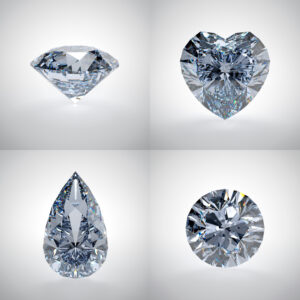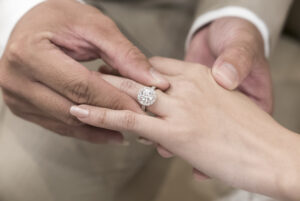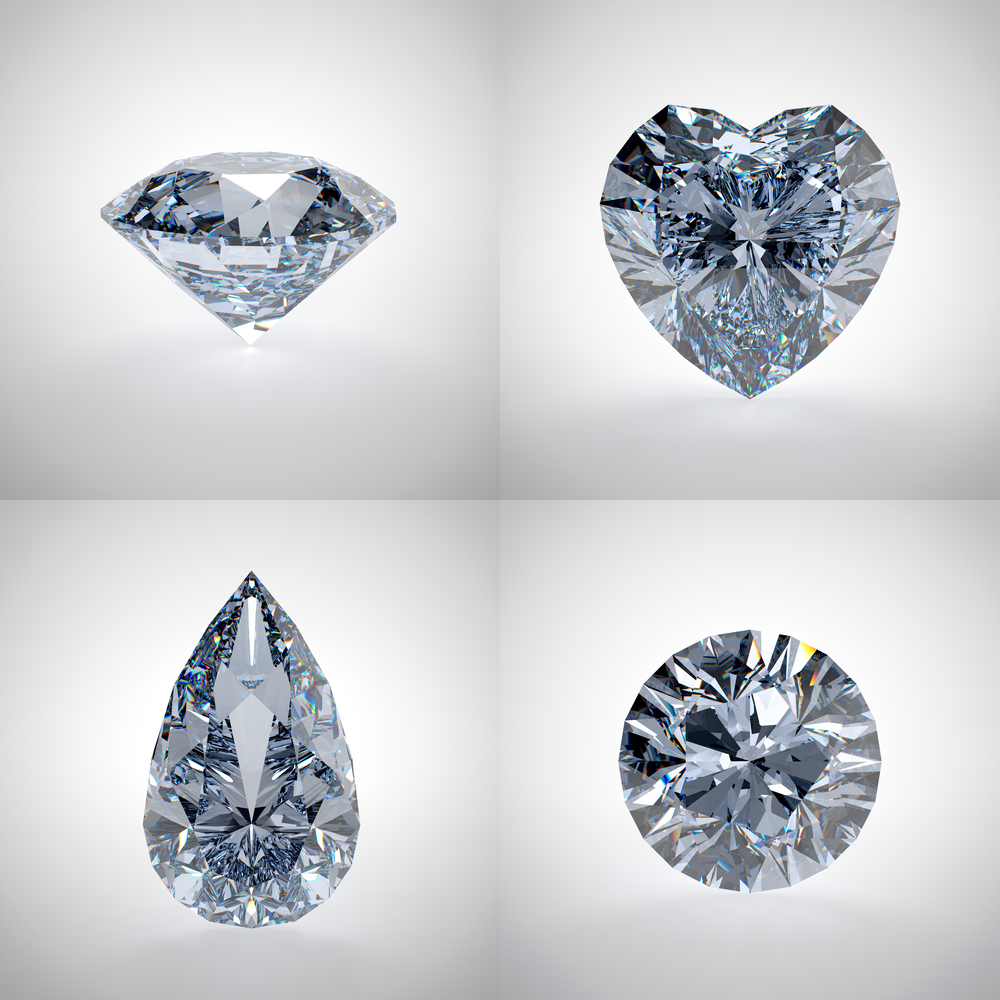
If you’ve ever wondered if the diamond on your engagement ring was real or fake, don’t feel bad. It’s not uncommon to doubt if a diamond is real. Maybe you’re worried about the jeweler who sold it to you, or you just want to be sure if it’s authentic. A close examination of your stone probably won’t help. Being unfamiliar with a diamond’s structure and components may confuse it with a synthetic stone-like cubic zirconia or moissanite.
Therefore, learn how to spot a phony diamond .
ColoursAnd White Light Are Reflected
Diamonds glitter and shimmer in the sunlight, which is aesthetically beautiful. Examine your stone’s reflected colors. Rainbow colors and white should beam back at you. If there are no color reflections, if it solely reflects white, it’s not real. Diamonds reflect white and rainbow light.
You Won’t Be Blinded By Rainbow Flashes
It’s just so fantastic that it nearly seems too good to be true. A true diamond will undoubtedly be bright, but it will also be more subdued. In essence, if the diamond seems too good to be true, it very likely could be.
No Fogging
Breathe on the stone to test it at home. Real diamonds fog less than synthetics because condensation doesn’t attach to them. Cubic zirconia fogs up longer when breathed on. This test works best if you compare stones rather than examine them separately.
It’s Unscratchable
Nothing can scratch a diamond, so don’t worry (aside from another diamond). If you’re brave, scratch the stone with a knife. Scratched diamonds are synthetic.
Extreme Temperatures Won’t Shatter It
A short hot/cold test can reveal the stone’s nature. Hold the stone over a flame, then drop it in ice water. A true diamond won’t shatter at high temperatures, but a fake would. Diamonds are unaffected by heat, but the heat would fry a fake. Real diamonds are unharmed while fakes are destroyed.
Non-Floating

The float test is risk-free. Place the stone in water. If it sinks, it’s real; if it floats, even slightly, it’s fake. It’s not always accurate, though. A real diamond would sink, but the synthetic’s fate is unknown. Cubic zirconia floats, while fakes made of other materials may sink.
Jeweler Says It’s Real
While fast and easy, these at-home tests aren’t foolproof. “ No shortcuts exist. If you’re not sure, a jeweler will be able to tell nearly immediately. Visiting a jeweler will clear things out fast, thanks to their tools, high-powered magnifying glasses, experience, and knowledge.
